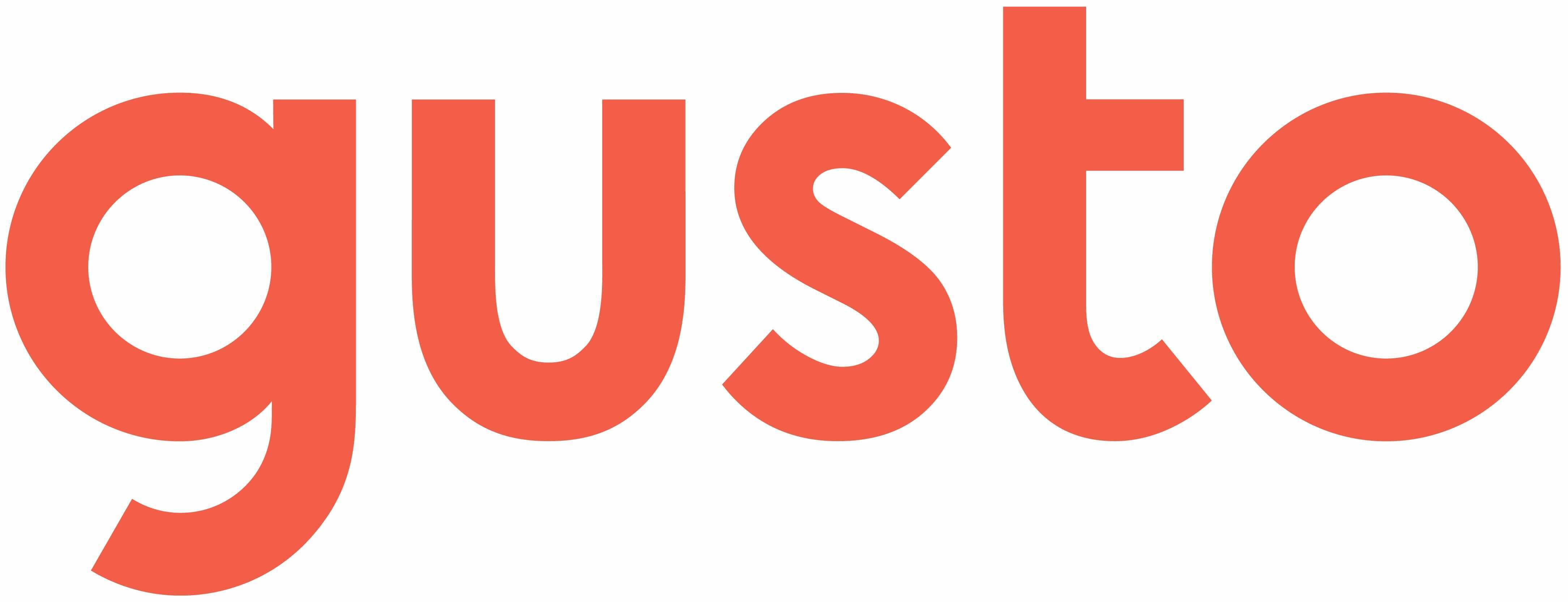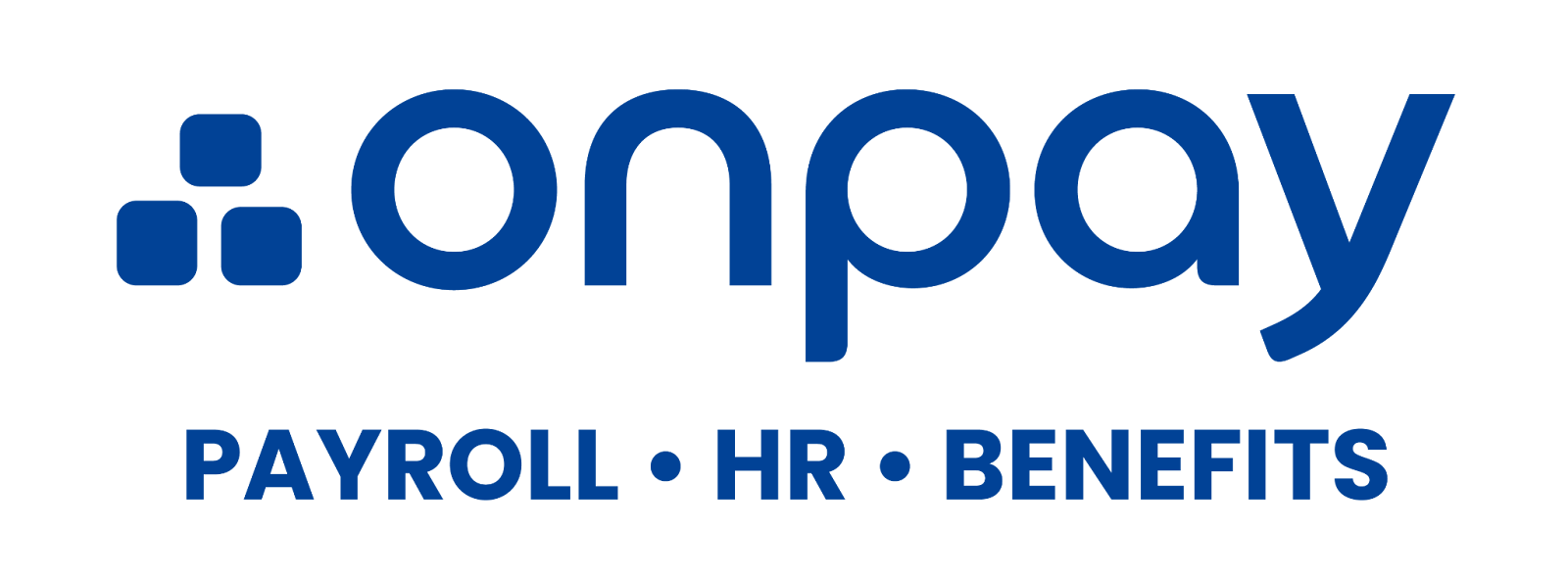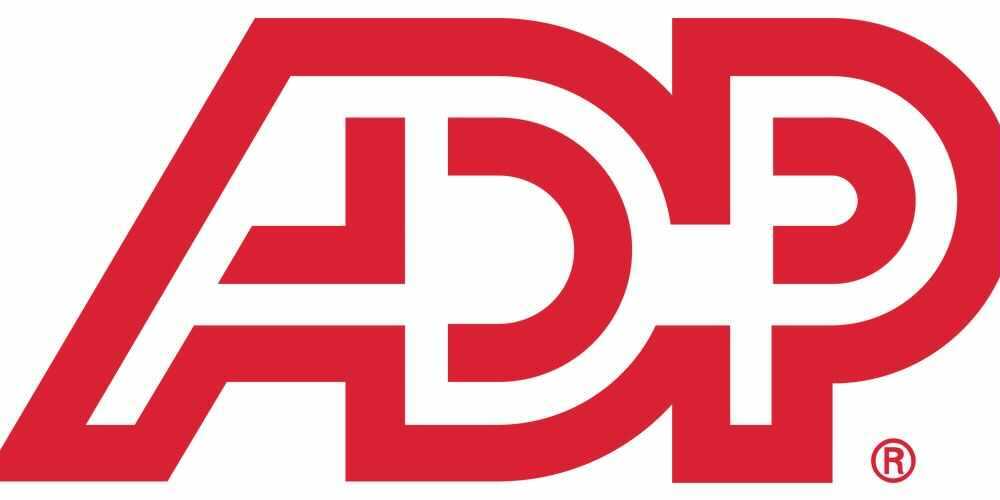What Is Payroll?
Payroll is the process of paying employees. It includes calculating pay, distributing funds and keeping records.

Many, or all, of the products featured on this page are from our advertising partners who compensate us when you take certain actions on our website or click to take an action on their website. However, this does not influence our evaluations. Our opinions are our own. Here is a list of our partners and here's how we make money.
Payroll is both a list of employees who need to be paid by a business and also the actual process of calculating and distributing compensation to those employees. Running payroll includes determining employees’ gross pay for the period, subtracting taxes and other withholdings, and delivering the remaining amount, or net pay, to employees.
If your small business has employees, you can run payroll manually, use payroll software to automate the process, or contract with a company to handle it. Managing your payroll correctly can help you avoid errors and stay in compliance with federal and state laws.
Options for managing small-business payroll
Small businesses typically have three options for handling payroll processing:
Manual processing: While processing payroll manually is an option, NerdWallet doesn't recommend it. Taking a do-it-yourself approach may save you money initially, but this method is time-consuming, complex and increases your odds of errors.
Payroll software: Online payroll software platforms are available to simplify the process of paying employees and filing payroll taxes, while still allowing you to manage payroll in-house. Most platforms require a monthly fee, but there are a few free payroll software options.
Payroll outsourcing: Hiring an outside service to handle your payroll will take virtually all the work of payroll processing out of your hands. While the cost is generally more than the other two options, outsourcing could allow you to devote more time to other aspects of your business.
Using payroll software or outsourcing payroll sharply limits the calculations and administrative responsibilities you'll take on, though you'll still have to keep employee records updated, submit accurate data to your provider, and approve payroll.
» MORE: How to set up payroll
Basic payroll responsibilities
Although every payroll is unique based on your compensation structure and what benefits are available to your employees, there are some basic payroll responsibilities employers have when running their payroll.
Gathering personal and tax information
You can’t run payroll without up-to-date employee personal and tax information. Gathering this information can be done with paper forms, online forms or through employee self-service portals available on most payroll software products.
Forms that must be complete and retained for every employee include:
Form I-9, Employment Eligibility Verification: Confirms eligibility to work in the U.S.
Form W-4, Employee’s Withholding Certificate: Provides data used to calculate withholding amounts for federal taxes.
State variations of the W-4 form: When applicable, it provides data for withholding amounts for state tax purposes.
State new-hire reporting: Basic information on new and rehired employees must be reported to the state where the new employee works, per federal law.
It’s the employer's responsibility to verify employee names, Social Security numbers, pay rates, hours worked (for hourly employees) and other data used in the payroll process.
Making and/or verifying payroll calculations
Payroll software products automatically make many of the calculations necessary for payroll processing and typically help you with the filing and payment of payroll taxes. When you outsource payroll, the company generally handles these same tasks, but also typically provides more personalized attention.
Gross compensation: For hourly employees, their hours worked are multiplied by their hourly wage. For salaried employees, this is their base salary amount.
Additional compensation: Overtime, vacation pay, sick pay, tips, bonuses, commissions and reimbursements are some things that may be added to gross compensation.
Mandatory and voluntary payroll deductions: Payroll deductions that are withheld from an employee’s pay and then reported and forwarded to the appropriate parties may include:
FICA (Federal Insurance Contributions Act) taxes for Social Security and Medicare: These taxes are deducted from an employee's gross pay, but their employer is also responsible for a matching amount that is paid to the IRS.
Federal, state and local taxes: An employee’s W-4 form is typically used to calculate these withholding amounts.
Employee benefits: This includes employee contributions to retirement plans, health insurance, health savings accounts, flexible spending accounts and other benefits offered by your company.
Garnishments: These court-ordered deductions may include alimony, child support, bankruptcy debts, unpaid medical bills and personal debt.
Net pay: After subtracting all applicable deductions from total gross compensation, the remaining amount is what the employee will take home.
Approving direct deposits or distribution of paychecks
After running payroll and before distributing funds, it’s a good practice to review the final numbers and look for errors. It generally takes a few days for direct deposits or checks to reach employees, but some payroll software offers same-day or next-day deposit options.
Fair Labor Standards associated with payroll
The Fair Labor Standards Act establishes requirements that must be followed when preparing payroll:
Hours worked: Hours worked include all the hours an employee is required to be on duty at the workplace, including any overtime hours.
Record-keeping: Employers must record employee hours and pay history, as well as display an official poster outlining FLSA requirements.
Minimum wage: Workers must receive no less than the federal minimum wage of $7.25 hourly. In states where both federal and state minimum wage laws apply, employees must receive no less than the higher of the two minimum wages.
Overtime: Qualified nonexempt employees are entitled to overtime pay for working more than 40 hours per week. (Some states have additional laws requiring overtime pay for time exceeding eight hours in a day.)
Child labor: Provisions protect minors by detailing conditions under which they may or may not be employed.
Your state may also have its own distinct child labor, minimum wage and overtime laws, as well as laws governing rest periods, meal periods, payday requirements, prevailing wage, and the wage government contractors must offer their employees.
How to pay employees
You’ve got a few options to consider when deciding how to deliver pay to your employees, some with notable disadvantages:
Direct deposit
Direct deposit has become the most popular payment option. One of the safest ways to move money, it eliminates the risk of a check being lost or stolen because money is transferred electronically between bank accounts. Many banks will allow your employees to have access to the money immediately. Those that don’t must make the money available the next business day.
Under the federal Electronic Fund Transfer Act, employers can require their employees to be paid through direct deposit as long as the employee can choose the bank through which it’s received. If you choose the bank for direct deposit, you need to offer another payment option to employees such as checks or cash. Additionally, you’ll want to check your state’s laws regarding employee consent for direct deposit or direct deposit regulations.
Physical checks
Employees without bank accounts may prefer a physical check. They can cash the check at the bank you used to issue it, or at a check-cashing business that will charge a fee. However, checks are not as secure as direct deposits. Also, with this method of payment, the employer generally bears the expense of paper, printing and postage.
Payroll cards (prepaid debit cards)
Payroll cards eliminate the need for employee bank accounts and are more secure than paper checks. They have the same federal fraud and liability protections as bank debit cards. For example, if the payroll card is lost or stolen, transactions can be disputed and the money returned. While payroll cards can be used directly to make purchases, transaction fees may apply.
Employers can’t require employees to be paid via payroll card. Also, individual states may have laws regarding payroll card issues including consent, withdrawal fees and viewing current balance.
Cash
Running a cash payroll isn’t recommended. Cash is easily lost or stolen, makes it difficult to keep accurate records and is inconvenient for employers who have to make withdrawals on a regular basis. Perhaps most importantly, a cash payroll could increase your risk of an IRS audit, something all businesses want to avoid.
How to avoid payroll errors
Beyond compromising the trust of your employees, payroll errors can also be time-consuming and bring unwanted financial costs to your business. These costs may include the need to rerun payroll, as well as the assessment of IRS fines and civil penalties. Here are some steps you can take to help you improve the accuracy of your payroll:
Maintain careful, accurate timekeeping records and promptly pay all overtime due.
Before running or approving payroll, check for discrepancies in pay rates or hours worked. If you have hourly employees, using a time-tracking app can make accurate reporting easier.
Keep employee records up-to-date, well-organized and safely stored. State requirements vary, but the IRS recommends keeping employment tax records for a minimum of four years. Extending the storage of payroll records to six years may be a good way to cover all the bases.
Familiarize yourself with IRS employee definitions and obtain proper tax forms or outsource the job of employee classification and other payroll tasks to professionals.
If your payroll software or service is filing and paying taxes on your behalf, confirm it's being done. If you're paying taxes on your own, set up reminders for payroll tax payment due dates to make sure payments are made on time.
Payroll software | |
|---|---|
QuickBooks Payroll Plans start at $45 per month (base) and $4 per person per month. Read review. | |
Gusto Payroll Plans start at $40 per month (base) and $6 per person per month. Read review. | |
OnPay Payroll Plans start at $40 per month (base) and $6 per person per month. Read review. | |
Shop Now on Square's website | Square Payroll Plans start at $35 per month (base) and $5 per person per month. Read review. |
RUN Powered by ADP Plans start at $79 per month (base) and $4 per person per month. Read review. | |
Wave Payroll Plans start at $20 per month (base) and $6 per person per month. | |
Providers may offer lower promotional pricing. | |







